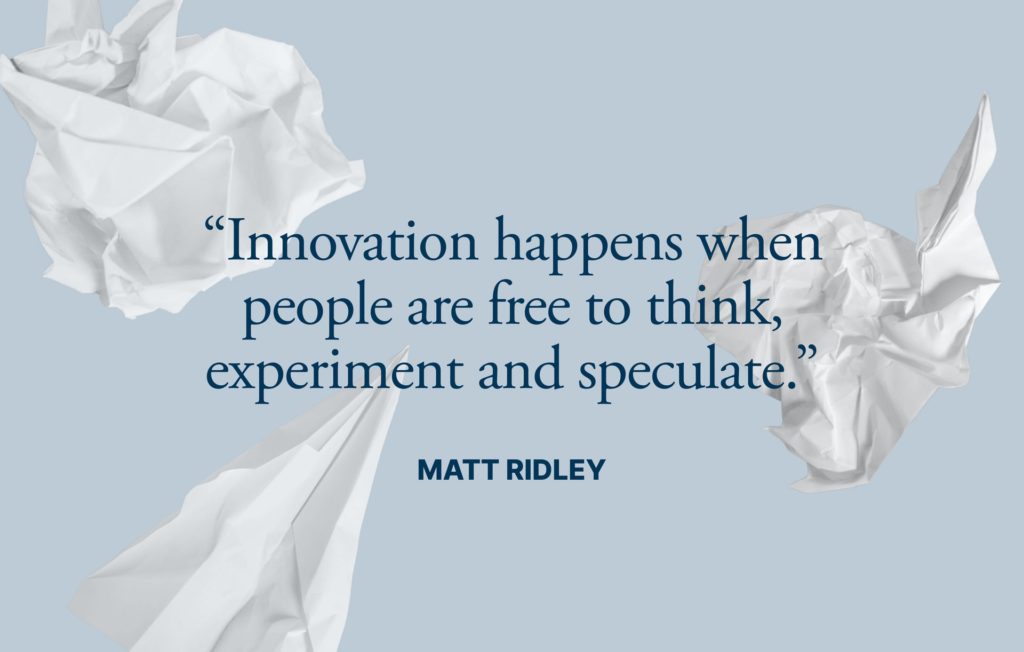
There is a lot of talk about “actuarial modernization” or “financial transformation” projects these days. Much of this is driven by new insurance regulations (specifically IFRS-17 and GAAP Long-Duration Targeted Improvements) bringing new requirements for the amount and type of reporting that actuaries will be creating each period.

However, legacy systems weren’t built to handle these data and reporting requirements. Which means that actuarial and finance teams need to re-think how they do everyday business. And why.
In order to satisfy these requirements, companies are embarking on multi-year, multi-million-dollar projects to “update” or “modernize” their systems. They’re implementing new data storage infrastructure, adding scalable calculation capacity, and developing new reporting templates and automations. And hiring a lot of consultants to help them figure it all out.
It’s a big effort. One which will take a long time to realize value, if ever.
Which begs the question:
Why is modernization a “project”, rather than the standard state of operations?
In other words, it seems as if a lot of insurance companies (and their actuaries) believe that they will be able to complete a single project and “transform” or “modernize” their actuarial systems and reporting and analysis structures. As a result, they will then be ready for whatever the 21st century throws at them.
However, viewing modernization and transformation as a single-shot event, something that will eventually be finished, misses the point of modernization. As we’ve seen in the last ten years, the pace of technological change continues to accelerate. New regulations and accounting standards seem to emerge all the time as the economic environment evolves. In ten years from now, if your “modernization” project is the only thing you’ve done to harness those new technologies and satisfy emerging regulations, you’ll be woefully behind your competitors and the general business landscape.
Which leads to a cascade of lower customer satisfaction, lower employee satisfaction, higher turnover, greater supplier friction, tighter profit margins, and a whole host of other undesirable effects.
Yikes.

Can anything be done to combat this negative spiral? Certainly. If your department or company has a mindset of continuous innovation and perpetual improvement, you’ll always be on the lookout for new and better ways of doing the work. You will not view transformation, or modernization, as an “event” so much as just part of the way we do things here. You’ll always be looking for marginal improvements to what you’re currently working with, whether that is the technology or the analysis you’re creating with that tech. Those improvements should lead to more efficiency in getting the numbers, which allows for more time to make further improvements, compounding the effects.
It’s a virtuous cycle, one that is opposite of the vicious cycle above, and one that should benefit everyone involved.
Unfortunately, it seems like making things always better than last time isn’t on the radar of many actuarial departments. They’re so focused on just getting it all done they feel like they don’t have time (or permission) to work on efficiency efforts.
Why is continuous improvement not the default position?
Look, we’re not therapists. We can only speak for ourselves and the professionals we’ve interacted with. Certainly, fixed reporting deadlines that require a lot of output in a short amount of time are one culprit. It’s hard to make improvements when there never seems to be time to make improvements.
But sometimes, the idea of “just get your own work done, don’t worry about the bigger picture” comes from a place of fear. Fear of automation – fear of redundancy – fear of working yourself out of a job.
And if that’s the reason why you don’t spend time on efficiency products, we’ve got news for you: others are pretty quickly going to make the case for you.
Your competitors don’t think that way.
They’re not sitting back and being afraid of technology. They’re embracing it. Just look at the volume of new startups every year eager to do the work better, faster, more scalable. If you’re not creating a better way of doing work, you’ll soon be out of work as others around you make the investments they need to gain an advantage.
How can you go about developing that culture that will encourage, recognize, and reward innovation?
1. Ask “What will people do with the result you’re delivering?”
Anyone who has stepped into a role knows that there is generally a list of reports that are created every X period, and that list only ever seems to grow. But is each one of those things useful? How do you know?
For each of those, someone thought through it long ago and determined some fixed set of information, in some fixed presentation, was appropriate to make some old decision. But is that still true today?
Perhaps new technology within the company has made this specific report obsolete. Or a new regulation has made it so other departments now report on this topic in a better way. Yet nobody has ever taken the opportunity to purge out of the “standard” list those things which are redundant, extraneous, or underperforming at their calling.
An immediate improvement to productivity, then, is to look at everything you’re tasked with and cut out anything that no longer serves the mission and advances your company’s knowledge towards achievement of the real end goal.
2. Stay curious and ask questions.
Questions help you to get perspective from others around you. No longer are you limited to your own silo or vertical. Invite the admin team to your monthly department meeting, and vice versa, to get a feel for the things on their mind. Take the underwriters out for lunch. Basically, don’t limit yourself to just the few people around you.
Ask questions about everything: about the business you’re in. About your competitors. About regulators and what they are looking for. About the general economy. About your distribution channel. About your vendors and consultants. About your people. About your technology. About your management. About your customers. About your non-customers. About your marketing strategy. About parallel industries. About completely perpendicular industries. About non-industries, like leisure activities or hobbies. About good books. About bad movies. About anything, really.
The point is, you can’t assume that you already know everything and enough to be competent. There’s a good chance that by keeping your mind open to new ideas, you’ll be inspired by something outside your own profession that will offer new pathways to solving problems and increasing efficiency.
3. Ask forgiveness instead of permission.
This is a little bit of “managing up”. We’ve seen it where requests for re-prioritization of work efforts to focus on innovation or automation of repetitive tasks get refused, because that’s not the way it’s done.
In this instance, you may just need to make the fix and say “This is what I did” and show the better solution without waiting for approval.
It might look like delivering the thing a day late this time because you were creating a whole series of automations that will save hours of copy-paste time every cycle from now on. Sure, you’re going to get a call from your boss as you’re working on Saturday asking, “Hey, we didn’t make the 5 PM deadline yesterday, why not?” And maybe have to take one little ding on this quarter’s performance evaluation, but in the future when you’re delivering the same thing days early and can point to hundreds of hours of saved time at the end of the year, nobody’s going to remember this one indiscretion.
4. Allow yourself some time to just think.
So you’ve performed some pruning and automation and now you’ve got additional capacity. Obviously the first thing you can do is ask for more responsibilities, to fill that time.
However, instead of automatically taking on more and more responsibilities, you can also consider using it to just let your mind wander and wonder, “What if?” What if you didn’t have to complete that one inforce analysis every quarter that nobody ever asks about? What if you could enhance the sales reports with some missing dimensions that are potentially exposing a weakness nobody knew existed? What sort of data would you want to really make those presentations to the risk committee actionable?
This can be in those 30 minutes every day you’ve saved now that you’re no longer wrangling that daily planning spreadsheet. Or the 4 hours each week when you’re no longer collating that one report that everyone needs but nobody thought to automate, so you just did it and now you have all that time “free”.

Yes, it may seem to run against the conventional wisdom that says to fill every available moment with more and more productivity. However, just having the space to let your brain wander on its own without obvious problems to solve could be the inspiration you need for getting around that one persistent roadblock. Who knows? Maybe it isn’t all that problematic, you just haven’t given it enough creative thought space yet.
5. Adopt a “Good Enough Isn’t” mindset.
This mantra is incredibly easy to remember. If you’ve thought, “That’s good enough,” then you can think “Well, good enough isn’t actually good enough.” It might be fine for now, but as long as you have the intention, plan, and purpose to make it even better in the future, you’ll be subconsciously telling your brain that there is more to do. And you’ll be advancing your own practices towards that culture of innovation.
When you lead by example and adopt this mindset, others around you will pick up on it and begin to look for those small improvements in their work. Which compounds the effect, and pretty soon you won’t even be able to remember how things used to be.
Leading to a pretty good result.
Conclusion
It comes down to this: you must be intentional about making a culture of innovation rather than a project of modernization. If you don’t, your modernization projects are more likely than not to end up like most IT-based projects: delivered late, over budget, and with low satisfaction.
But if you do, you may find yourself well on the way to making your products, your company, and your career one of the best.

